Bibimbap is one of Korea’s most beloved and visually stunning dishes, known for its vibrant mix of ingredients and balanced flavors. The word “bibimbap” literally means “mixed rice,” which perfectly describes the essence of the dish.
It consists of warm rice topped with an assortment of seasoned vegetables, a protein such as beef or tofu, a fried or raw egg, and a generous dollop of a gochujang (Korean chili paste)-based sauce for a spicy, umami-packed kick.

A traditional way to serve bibimbap (although not necessary) is in a hot stone bowl called a dolsot, which elevates the dish to another level. The stoneware retains heat incredibly well, slightly crisping the bottom layer of rice.
When the ingredients are mixed in the hot bowl, the heat helps meld the flavors together, slightly cooking the egg and intensifying the overall richness of the dish.
The contrast of textures—soft, nutty vegetables (thanks to the toasted sesame oil), tender meat, runny yolk, and crispy rice—makes bibimbap a hearty, healthy, and satisfying meal.
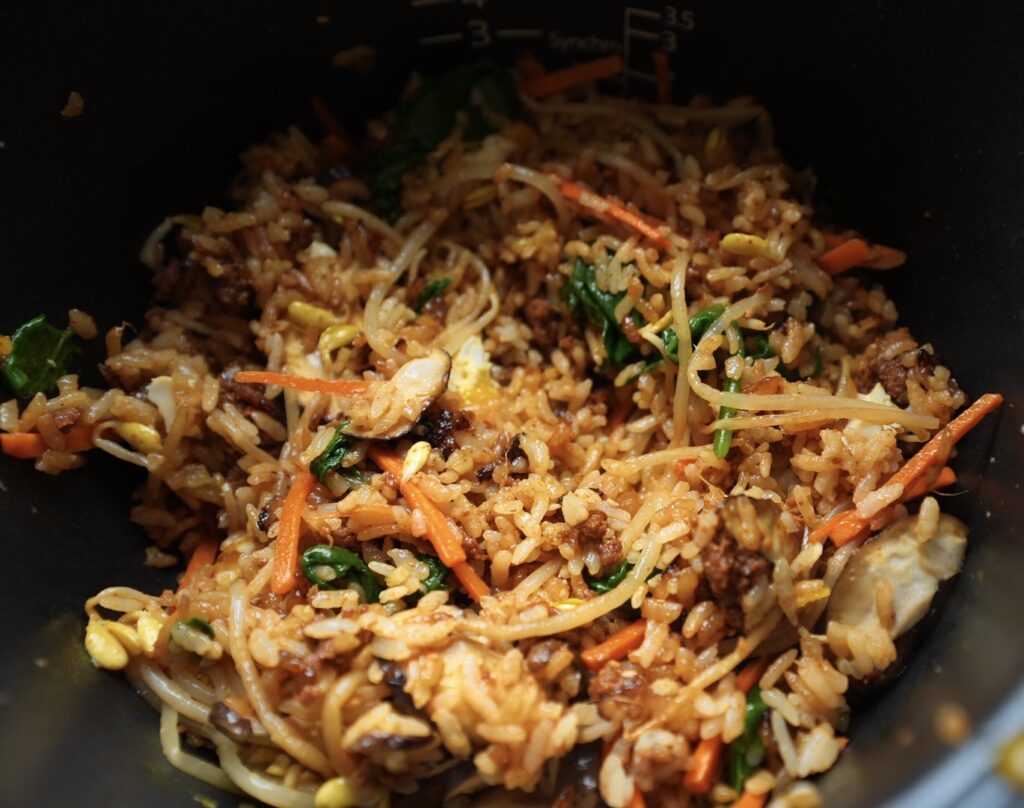
Recommended Rice Cookers
Do I need to have a fancy rice cooker to make this meal? NO! Just like anything, generally, the higher the quality, the better. But you can make my rice cooker meals in a cheap rice cooker, too!
Click the rice cooker photos to see my favorite rice cookers. I included a budget-friendly rice cooker I love! I use the Tiger 5.5-cup model shown. About 1/2 cup of Japanese short- or medium-grain rice makes 1 serving.
Key Features to Look For in a Rice Cooker:
- Steaming Basket or Tray: Allows you to steam vegetables or cook other ingredients while the rice cooks.
- Multiple Cooking Functions: Ensure it has settings for steaming, slow cooking, and possibly even baking.
- Non-Stick Inner Pot: Makes cleaning easier and prevents sticking.
- Timer and Keep Warm Function: Useful for planning meals ahead of time and keeping them warm until you’re ready to eat.
What Type of Rice to Use
Choosing the right type of rice can be confusing, especially with so many varieties available. In Korean cooking, however, Japanese short-grain or medium-grain rice is almost always the go-to choice.
Short-grain rice, often labeled as sushi rice, is particularly prized for its soft and chewy texture, which pairs beautifully with traditional Japanese dishes.
Medium-grain rice is a great alternative if short-grain isn’t available (I actually almost always use medium-grain myself because it’s generally cheaper where I live!). Both are ideal for recipes like this one, where the rice’s stickiness helps meld the flavors into every bite.

What is Gochujang?
Gochujang adds an incredible depth of flavor to bulgogi, elevating the dish with its signature blend of heat, sweetness, and umami. Made from red chili peppers, fermented soybeans, glutinous rice, and salt, gochujang brings a spicy kick that’s balanced by its mild sweetness and a subtle smoky note. Its complex flavor profile makes it a standout ingredient, transforming dishes by providing not only heat but also a rich, savory foundation that can deepen the taste of any marinade or sauce.
This thick, vibrant red paste has a unique fermentation process that lasts anywhere from several weeks to months, allowing its flavors to fully develop. The fermentation gives gochujang a slight tang and an earthy quality, similar to that of miso or soy sauce but with a touch of sweetness from the glutinous rice. When used in a marinade, as with bulgogi, it tenderizes the meat slightly while infusing it with intense, balanced flavors that cling to each slice, especially when cooked to a light caramelization.
In Korean cooking, gochujang is a beloved staple, used in everything from stews and marinades to dipping sauces. Its versatility has made it popular in fusion dishes, adding a unique Korean twist and depth to many cuisines.

Easy Classic Korean Bibimbap (Mixed Rice)
- Total Time: 50 minutes
Description
Bibimbap is a classic Korean rice dish topped with a variety of seasoned vegetables, protein, a fried or raw egg, and a gochujang-based sauce, all mixed together for a perfect balance of flavors and textures.
Ingredients
- 2 cups rice, cooked (I recommend Japanese short-grain or medium grain rice for the most authentic experience!)
- 1/2 lb thinly sliced beef (ribeye or sirloin, can also substitute for ground beef)
- 2 tbsp soy sauce
- 1 tsp toasted sesame oil
- 1 tbsp sugar (substitute for honey)
- 1 clove garlic, minced
Gochujang-Based Sauce:
- 2 tbsp gochujang (Korean red pepper paste)
- 1 tbsp water
- 1 tsp sugar (substitute for honey)
- 1 tsp roasted sesame seeds
Vegetable Toppings:
- 3/4 cup carrots, julienned
- 1 1/2 cup spinach (blanched and squeezed dry)
- 1 cup bean sprouts (blanched)
- 3/4 cup shiitake mushrooms, sliced
- 1/2 tsp salt
- 1 tbsp toasted sesame oil
- 1 tsp roasted sesame seeds (garnish)
Other Toppings:
- 2 eggs (fried)
- Additional gochujang (Korean red pepper paste)
- 1 sheet roasted seaweed, cut into strips
Instructions
- In a bowl, mix the sliced beef with soy sauce, toasted sesame oil, sugar, and minced garlic. Let it marinate for 15 minutes.
- Heat a pan over medium heat and cook the beef until fully browned. Set aside.
- Heat a little sesame oil in a pan over medium heat. Sauté carrots and mushrooms separately with a pinch of salt until tender.
- Season the blanched spinach and bean sprouts with a little sesame oil and sesame seeds.
- In a large serving bowl (or a hot stoneware bowl for extra crispiness), place a portion of warm rice at the bottom. Arrange the cooked beef and each vegetable neatly on top of the rice in sections. Add the fried egg in the center and optionally top with roasted seaweed strips and additional gochujang.
- Mix everything together before eating to combine all the flavors.
- Prep Time: 30 minutes
- Cook Time: 20 minutes
Nutrition
- Serving Size: 4

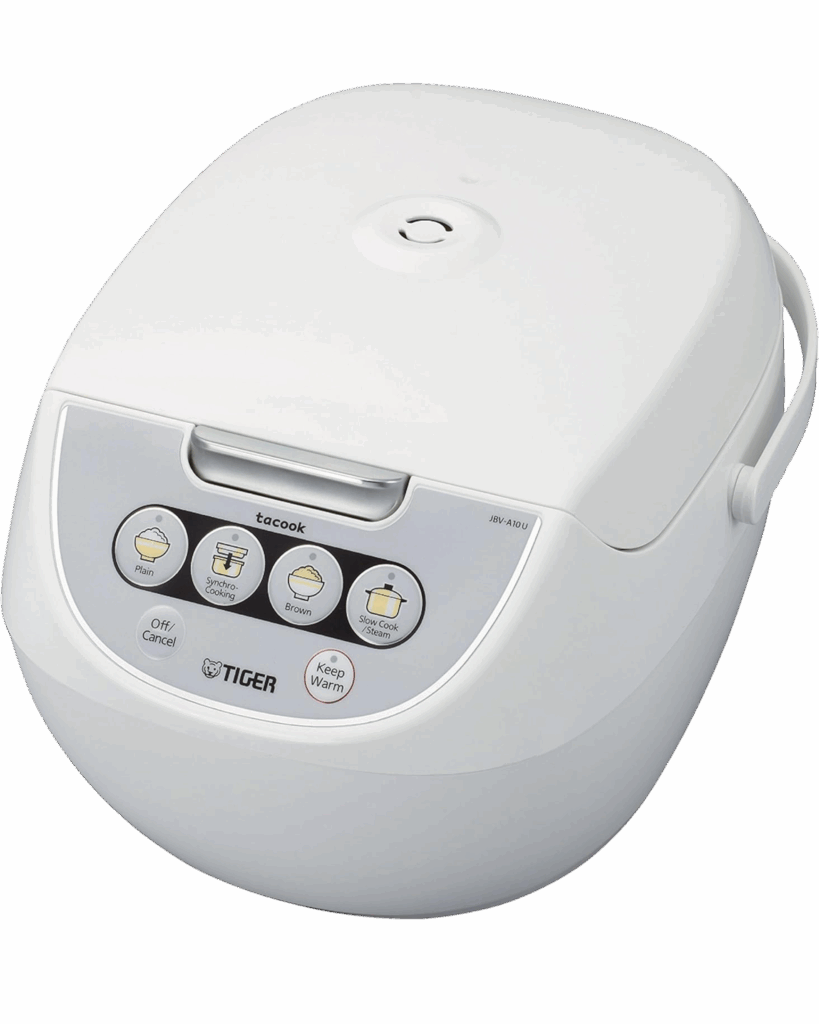

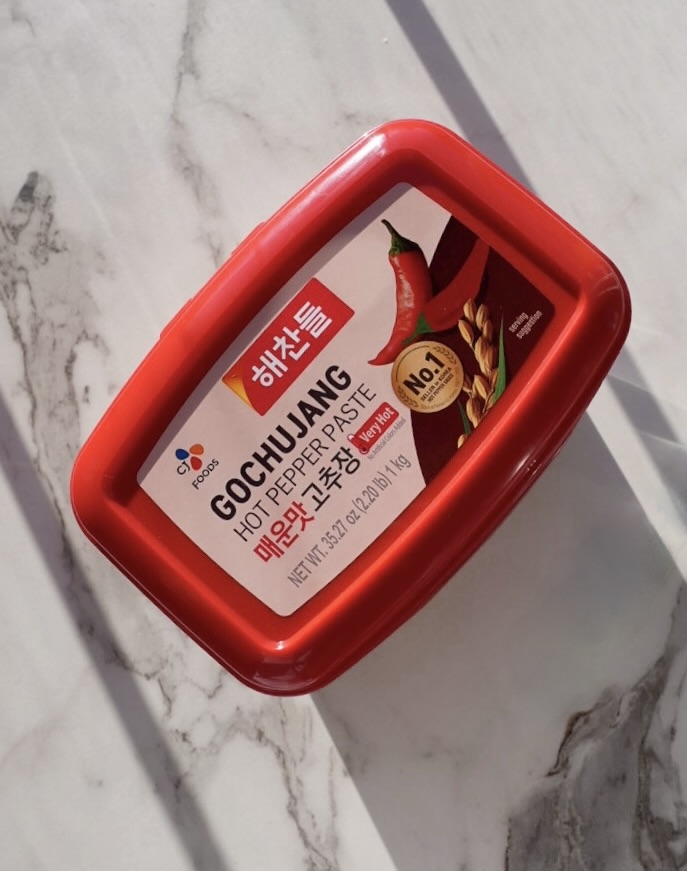
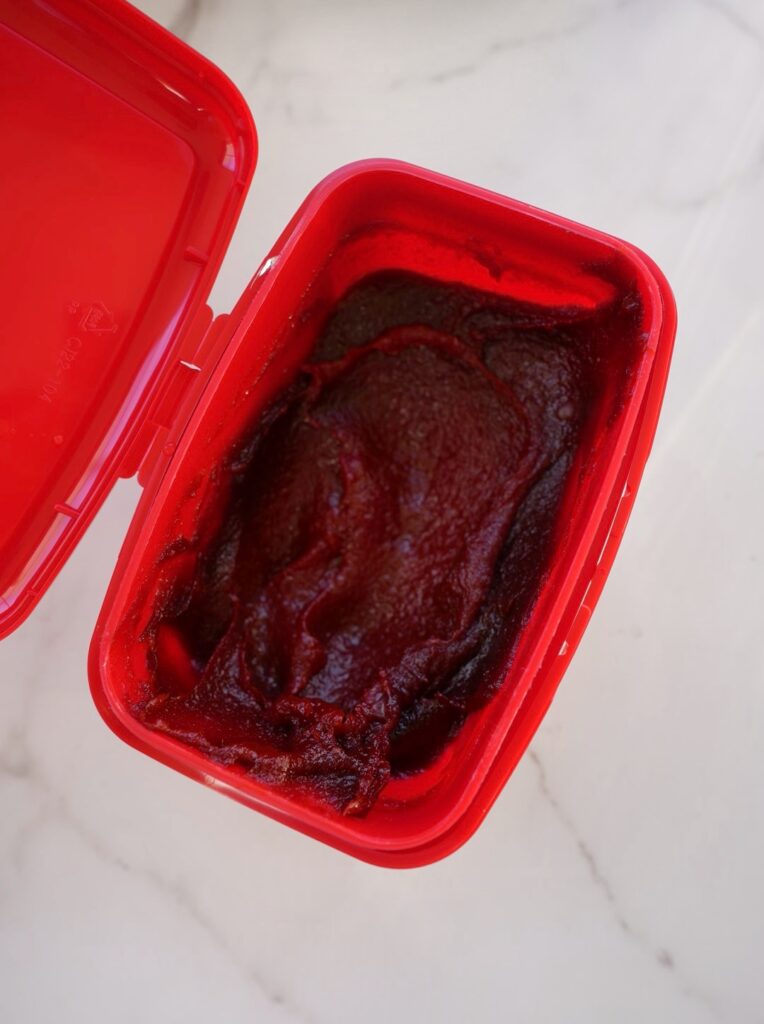




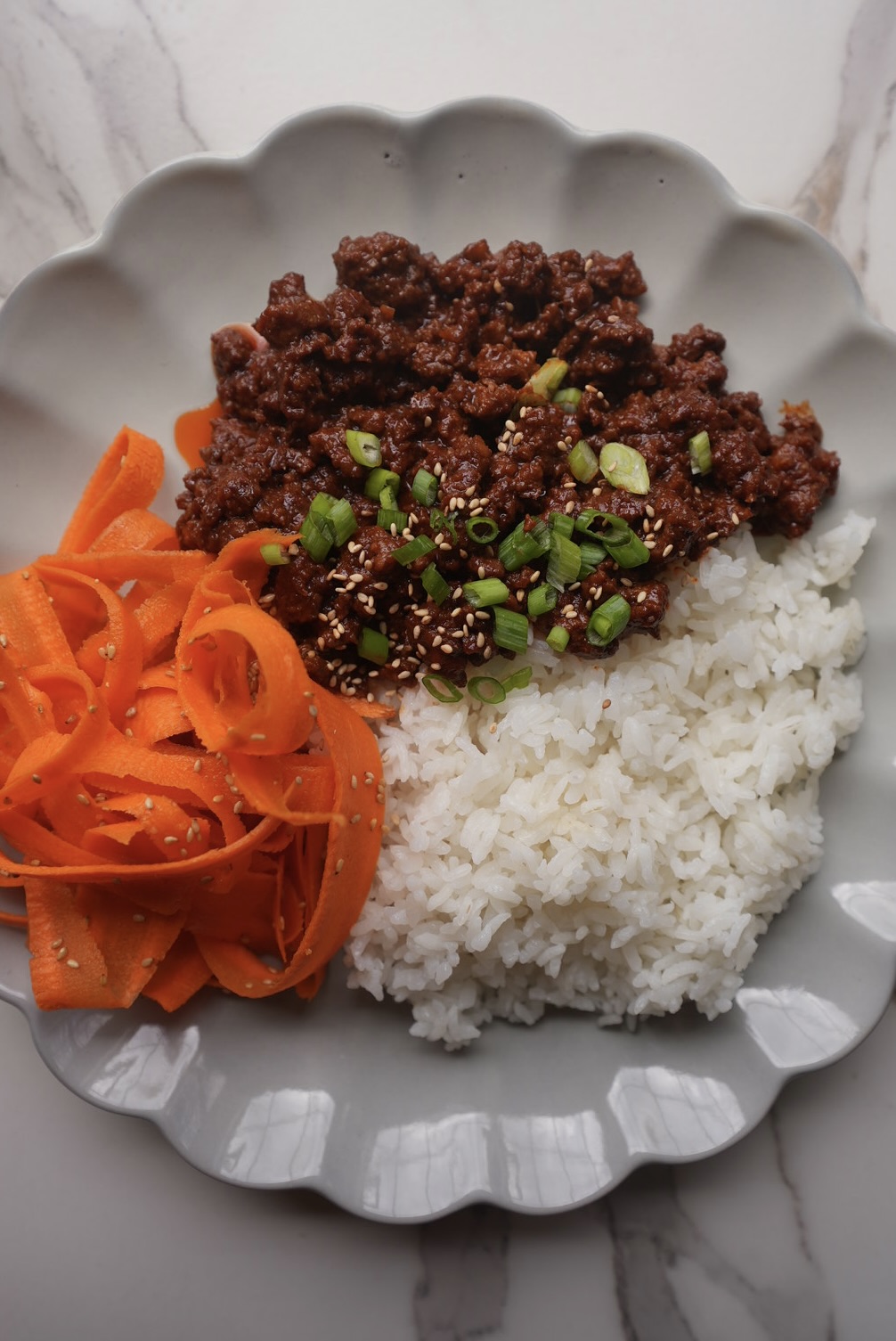
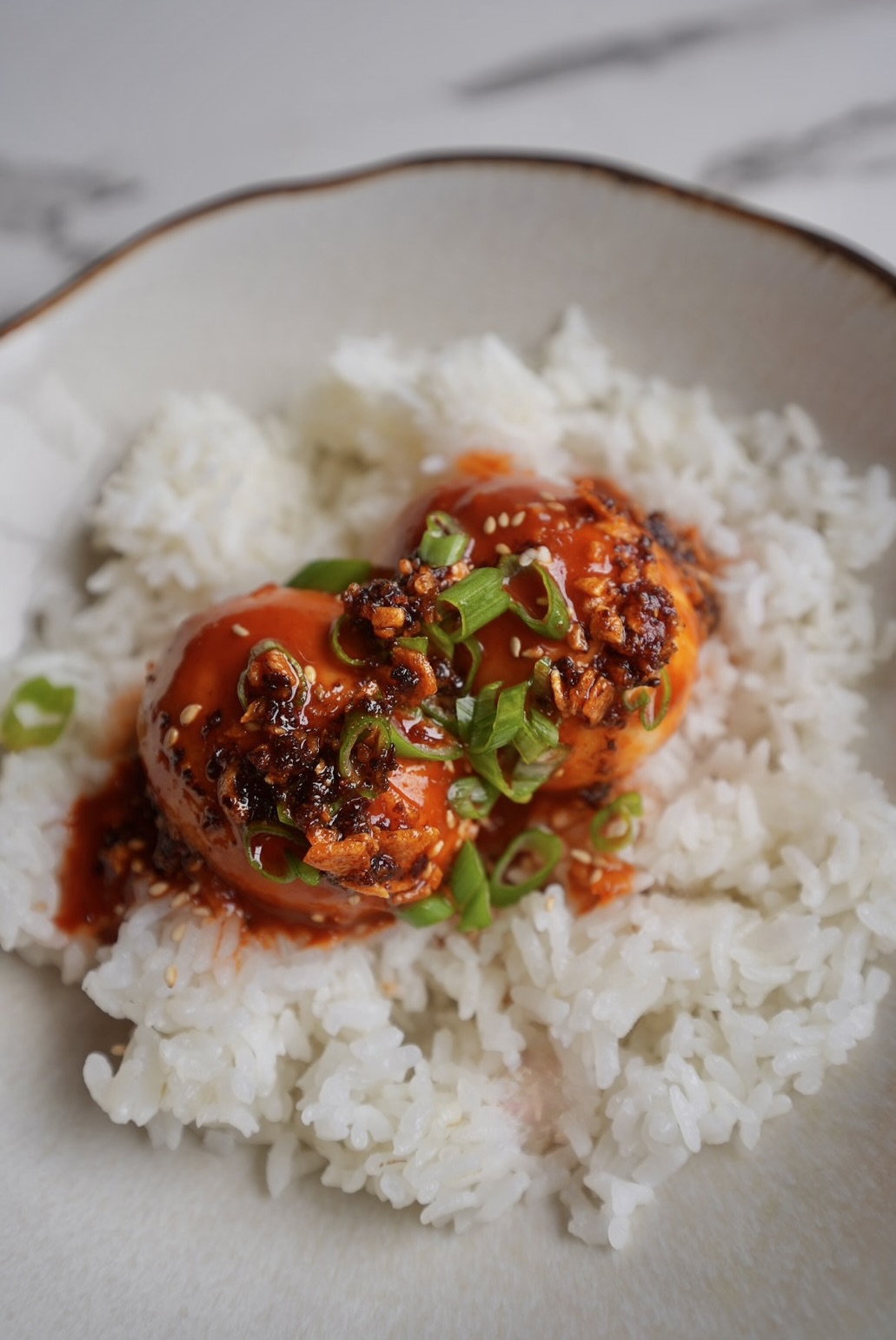
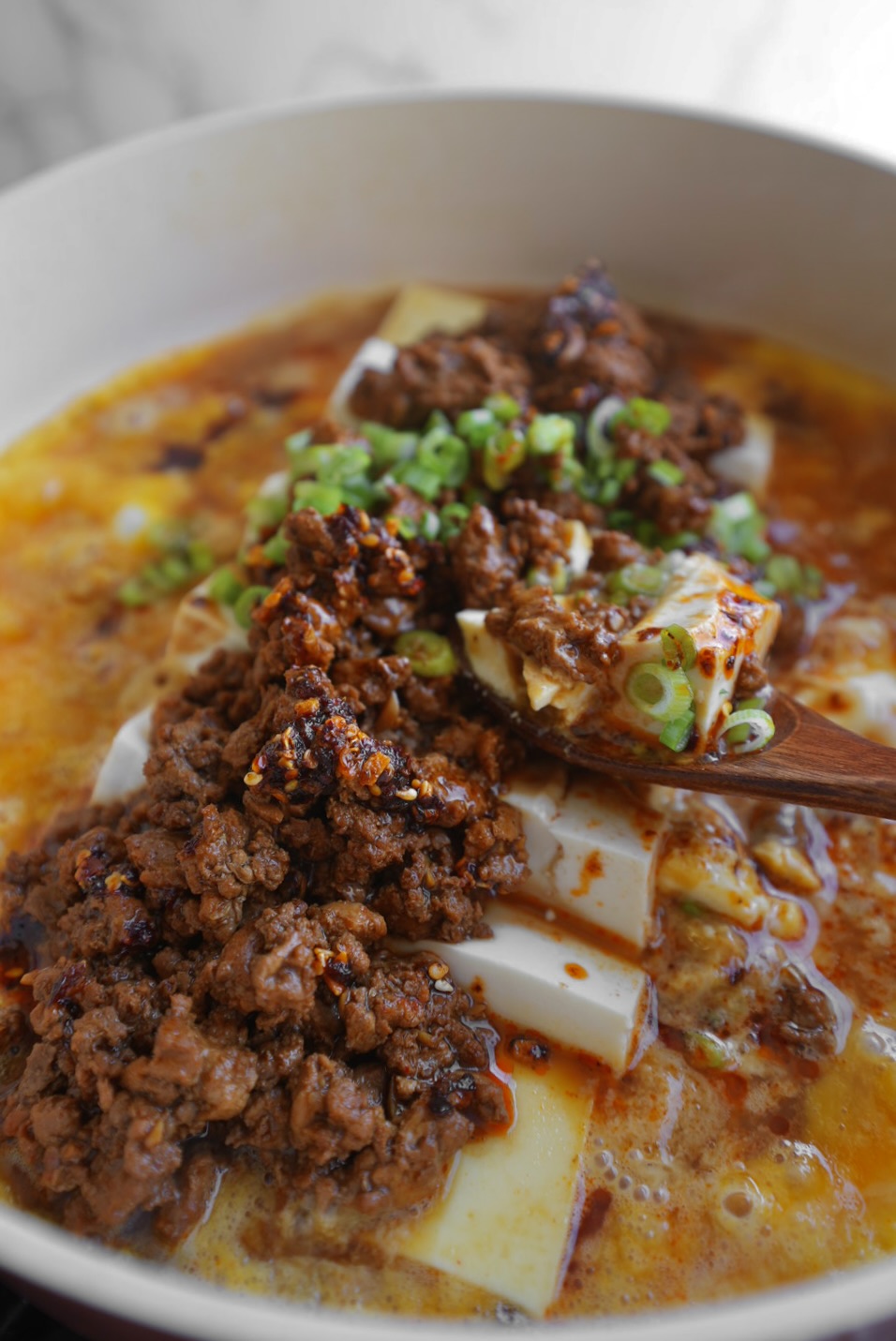
Bibimbap is the best! I like the spinach surprisingly much in this dish.
Hi Amira – I’m so glad to hear! Thanks for sharing 🙂
Gochujang sauce pulled everything together without needing extra seasoning.
Gochujang is the best! Thanks, Garrett!